Capercaillies are one of Scotland’s most iconic species — but it is thought there are only around 532 left.
Historically, the “sensitive souls” were once considered pests, because they would eat the tips of trees grown for commercial forestry.
Being around the size of a turkey, they were also seen as a “prize game bird” for sporting estates.
In 1981, the Wildlife and Countryside Act came in, and capercaillie were listed as a schedule one species — meaning it is illegal to disturb them while nesting.
Even though they haven’t been hunted since the 80s, their numbers have still been declining.
Last year, an emergency plan to save the iconic birds was launched, and action is still being delivered as part of it.
Carolyn Robertson, who was the project manager for the Cairngorms Capercaillie Project, spoke to the Press and Journal about the work to protect the birds, and what members of the public can do to help.
Read on to find out:
- Why capercaillies are endangered, and what they need to thrive
- What is being done to help the iconic birds
- How you can help them by staying away
- And what to do if you come across a “rogue” bird
Why are capercaillie so vulnerable?
Carolyn, who is now the nature manager at the national park, explained that national surveys are undertaken every five years to get an idea of how the birds are getting on.
The most recent national survey showed the population had declined by 52%.
But, Carolyn said teams were “already getting a sense” of that because every spring they carry out lek counts — counting the number of males that turn up to breed.
Through these counts, they realised fewer birds were turning up to the lek, and that means there were fewer birds around.
So when the official figures came through, the Scottish Government asked for a plan on how to turn the numbers around, and the emergency action plan kicked into place.
One of the main things that came up in the plan was to reduce human disturbances, but Carolyn says another main threat to the birds is habitat loss.
“We’ve got less and less forests in Scotland,” she said. “Scandinavia has something like 75% forest cover, we’ve got about 12%.
“People often say the birds are doing fine in Scandinavia, but that’s because they have so much more habitat and they don’t have the disturbances they have here.
“We’ve got these really small forests, so every forest needs to be as good as it can be, and they all need to be like that in an ideal world.”
Capercaillies are ‘habitat specialists’
So what kind of forest is ideal for a capercaillie?
According to Carolyn, the hefty birds need a varied habitat and can be quite particular — they need the right species of tree, the right size of tree and ground cover.
Capercaillies thrive in old woods filled with Granny pine (really old, gnarled Scots pine trees). This is because they’re so big they can’t sit on skinny trees, and if they try, it will just break and the branches will fall down.
The ground-nesting birds also need bushes and scrubs, like juniper, to provide cover and help them hide from predators like foxes, badgers, pine martens, and crows.
Chicks eat insects when they’re young, so they gravitate towards areas like bogs because that’s where they’ll find a lot of food.
“They’re a real habitat specialist,” she said, laughing. “If you’ve got all those variables, all those ingredients, but there are disturbances, it’s useless.
“The birds don’t want to be there, and they will go hang out in an area that doesn’t have those things.
“But that means they can’t get their food, or there won’t be cover from predators, and the chicks can’t get what they need — it just doesn’t work.”
‘There’s no quick fix’ to help capercaillies
Carolyn said it’s about partnership working and sometimes “trading places” to make sure the birds aren’t disturbed but that people can still enjoy the national park.
The area is popular with walkers and cyclists, and through working with the mountain biking community, they have managed to build trails in areas that won’t impact the capercaillie.
“It’s a win-win, because the mountain bikers get what they need, and the capercaillie get what they need,” she said.
There’s also a lot of work going into restoring habitat, either through planting trees or reducing deer numbers to reduce browsing and help trees grow.
She added: “You can imagine that’s a slow burn.
“Forests we planted like 30 years ago are only just coming to a point where capercaillie are using it. It’s that tricky position where you’ve got so few birds, like no time left to lose, but what they need is more habitat.
“To get that takes decades of work and there’s no quick fix.”
Could more capercaillie be released in Cairngorms to boost numbers?
There have been multiple attempts to reintroduce and reinforce the population, but the only successful one was in the 1800s, which Carolyn says was “purely for sport”.
A wealthy landowner wanted the iconic birds on his grounds to shoot with his visitors, so his keeper went to Scandinavia to net some birds and bring them back — which is where our population now have mostly come from.
Research through the Capercaillie Project shows the Scandinavian gene is still present in the birds all these years on.
There are concerns they aren’t replacing themselves, and because of this, they aren’t a healthy, resilient population.
Bringing new birds to Scotland would help boost the gene pool, says Carolyn, and it is part of the emergency plan to look at reinforcing the population, especially if in five years time there’s still very few birds.
However, it’s a “really complicated” and costly process.
“Like wildcats, the point at which we realised wildcats were functionally extinct to the point where we are now, where they’re being reintroduced into the wild, that took a decade,” she said.
“You’ve got to go through all these checks and measures and make sure it’s right from an ecological and social point of view and from the birds’ point of view for their health and welfare.
“The one thing we might have as a problem is that it would be seen as unethical to be releasing birds into a situation where they currently might fly into a fence or get eaten by a pine marten, it just wouldn’t be appropriate.
“So we’ll have to deal with a load of issues before we think about releasing new birds.”
Lek it Be — why you should avoid searching for mating capercaillies
The huge grouse are busy lekking between March and August, and while it may be a sight many are desperate to see, Carolyn says the best thing people can do is stay away.
And around two years ago, the team started the Lek it Be campaign to encourage people to leave capercaillie in peace.
Leks are around 5km squared of forest floor, with multiple males, and can be quite “ambiguous”.
However, it is a wildlife crime to knowingly or recklessly disturb them while they are breeding. So even if you stumble across a lekking site, you could risk being arrested.
The male fans his tail and jumps around in an elaborate display to attract a female. It’s quite a “dramatic” sight, which Carolyn says is why birders love them.
However, if they are disturbed during this time, they could stop mating. The birds are so sensitive that they could even be put off for a couple of days.
Carolyn explained: “Two years ago, when we started the Lek it Be campaign, police arrested a guy who we found on a capercaillie lek. Six birds had come down to the lek to mate, and when he appeared, all the birds flew away flushed, and didn’t come back.
“So he completely ruined it for them that day and if they’re not mating, breeding, we’re never going to get out of this hole that we’re in.”
Transparent signage to help people stay clear of leks
The nature manager says a lot of work has gone into being “clearer” with signage across the Cairngorms National Park.
Hopefully, being more transparent about where the lek sites are means people will manage to avoid the area and won’t recklessly stumble across the endagered birds.
She also said the messaging across the lands was very different, so there’s been a lot of work with landowners and partners to get the messaging consistent.
Rangers will also be on hand from dawn throughout April and May to advise on alternative capercaillie-friendly routes for anyone looking to see other forest species at first light.
“If we do everything that’s in the emergency plan, and if everyone gets behind it, there’s no reason why the birds won’t respond and we’ll have capercaillie in five years time,” she said.
“But at the moment, we’re doing anything we can to stop losing more, and if we can just hold onto the ones we’ve got and grow the population from there, hopefully things will be ok.”
What to do if you come across a ‘rogue’ capercaillie this season
Sometimes there are “rogue birds”, usually isolated males who have been unable to find a female to mate with. They can become quite aggressive if disturbed.
According to Carolyn, the location of these birds is shared on social media, attracting people “desperate” to see capercaillie. But this can lead to the bird becoming “chronically stressed”.
She finished: “Sometimes capercaillie show atypical behaviour and display in prominent places or appear tame. Whilst these birds may seem an easy and low-risk viewing opportunity, this can cause unnecessary stress to a bird that is already chronically stressed.
“If encountered, please withdraw immediately. Do not photograph or film the bird, or share its location, and report the bird to nsro@rspb.org.uk.”
Police officers will patrol paths around lek sites from dawn, and CCTV will be in operation.
Social media will also be monitored for images of capercaillie and sensitive locations being shared online.
If you see anyone disturbing a capercaillie lek, call the police on 101.
Find out more about the Cairngorms Capercaillie Project here.
You can read the full five year emergency plan here.
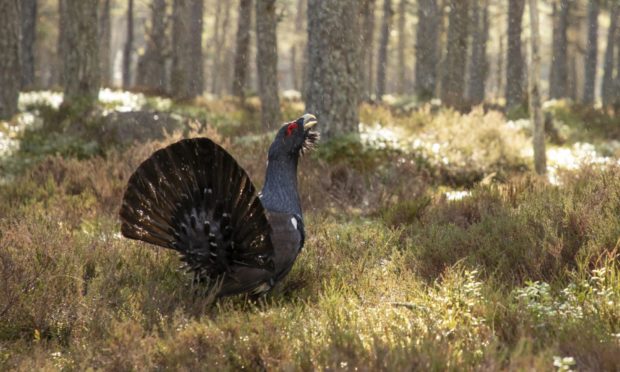

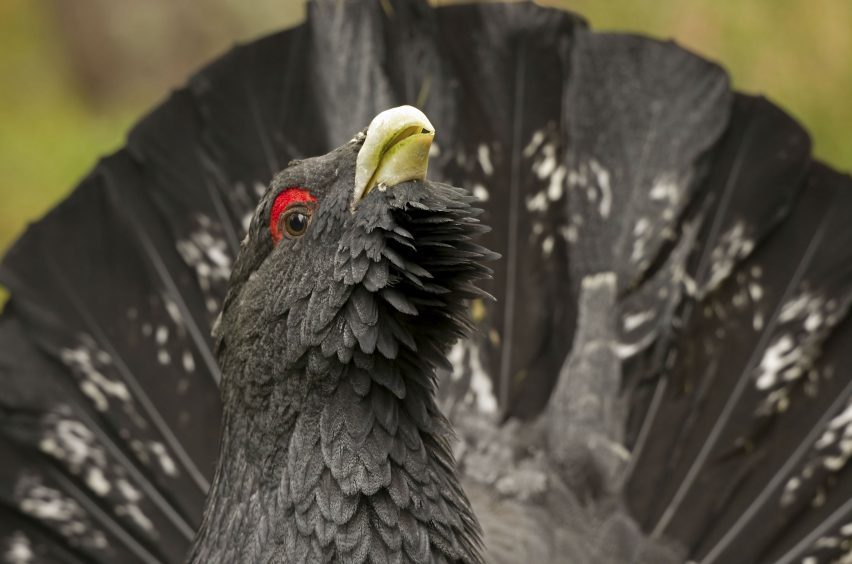

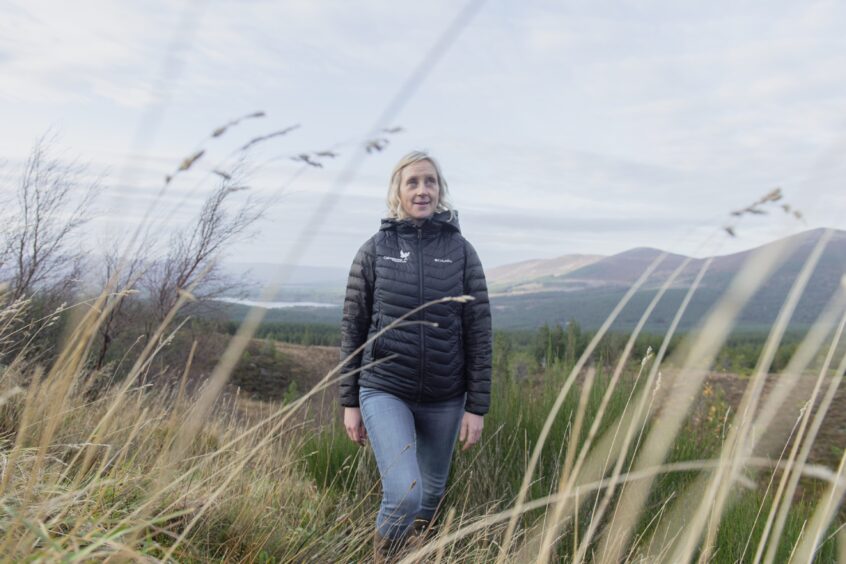
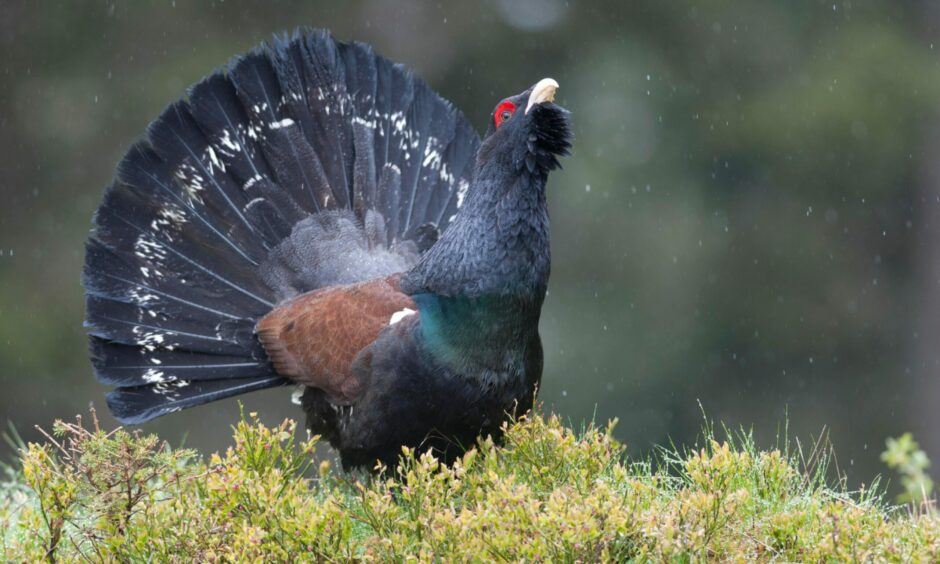
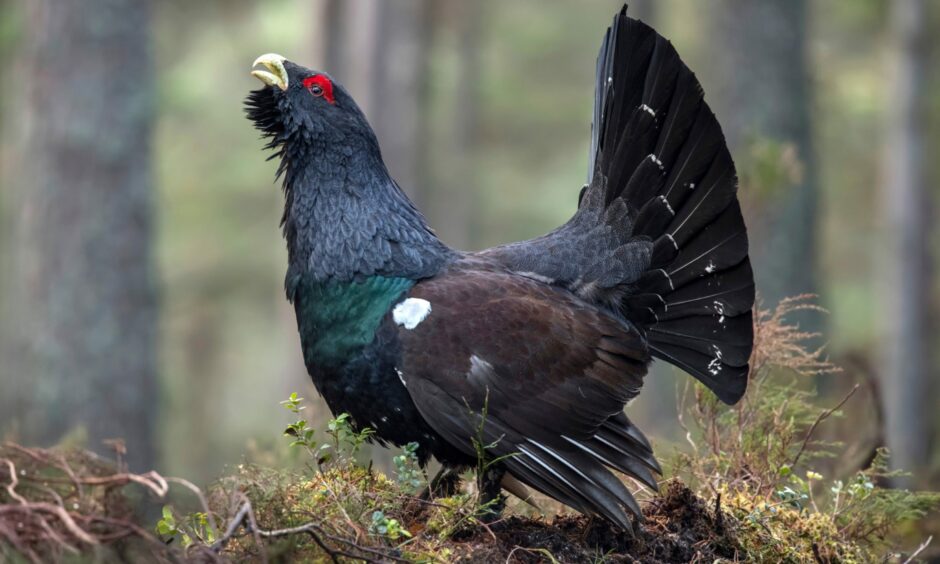
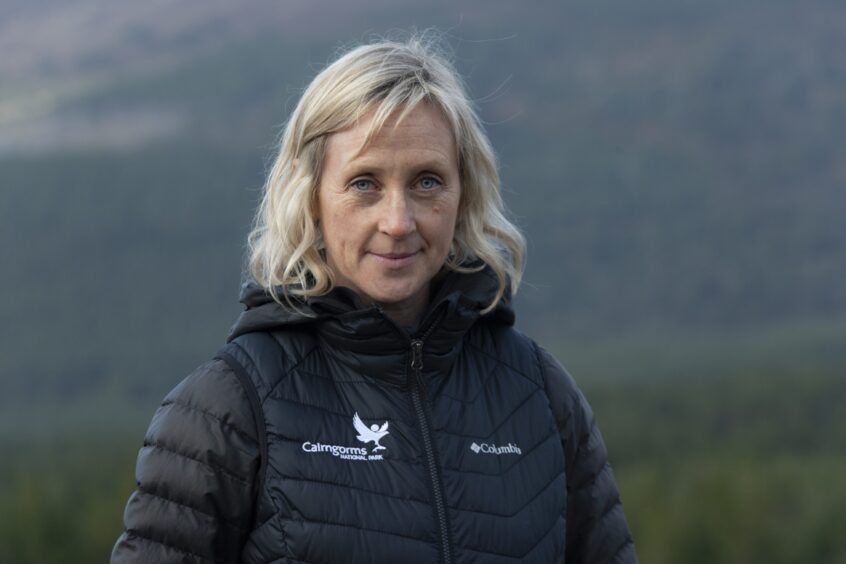
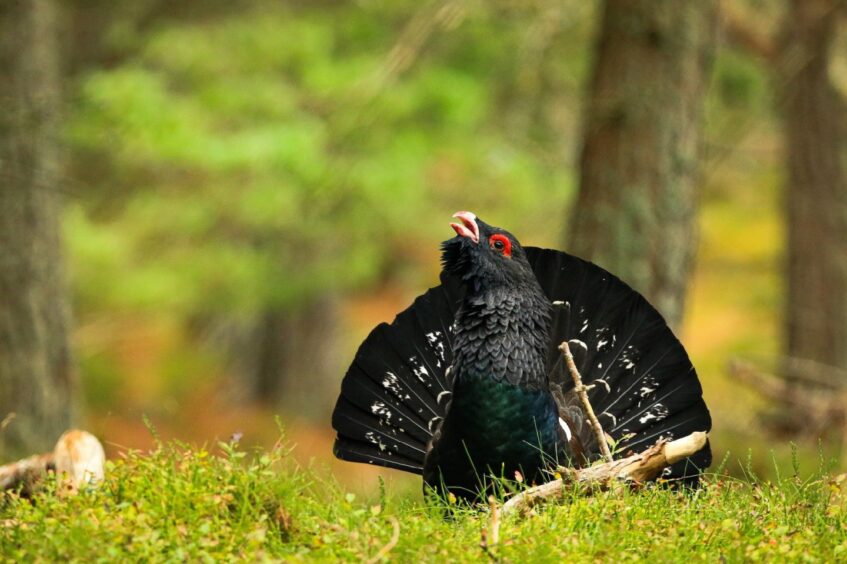
Conversation